What’s Been Killing U.S. Coal?
Legal Planet
OCTOBER 10, 2023
It then tread water for a few years and began a steep decline in 2008, going from half of U.S. The decline probably wasn’t due to environmental regulation. Regulation may have made a difference, since coal requires more extensive pollution controls than competing fuels. electricity to about one-fifth today.


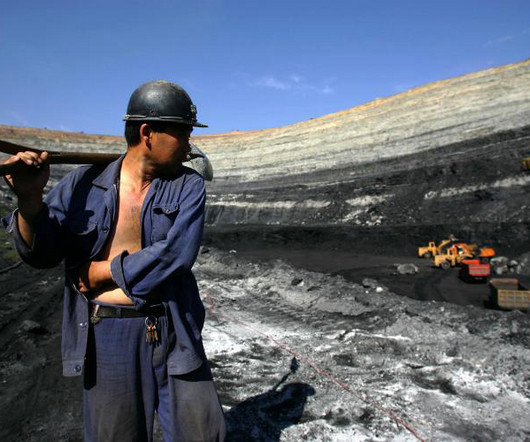

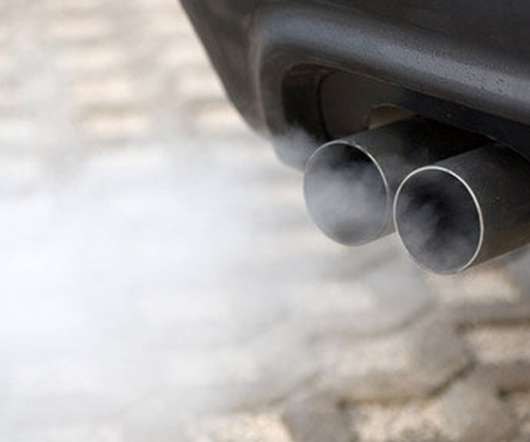



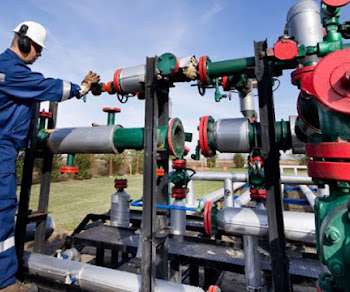
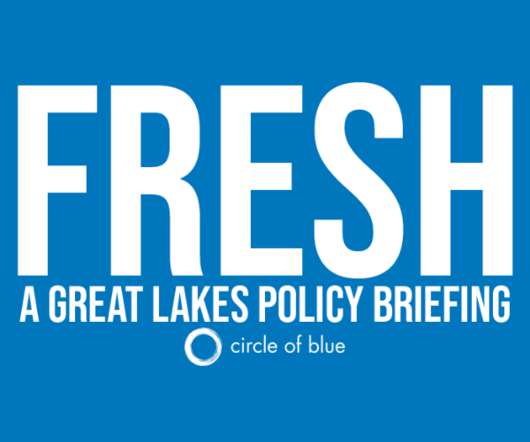

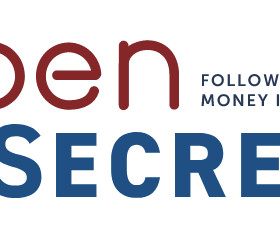

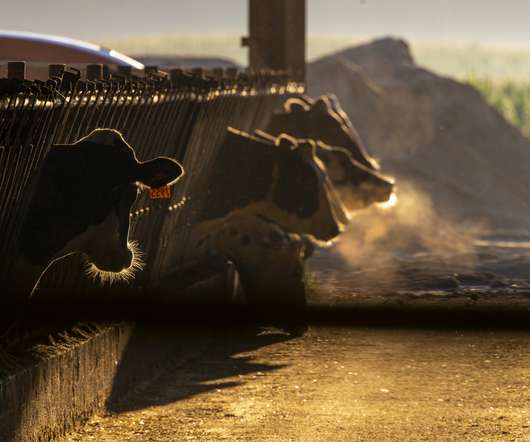






Let's personalize your content